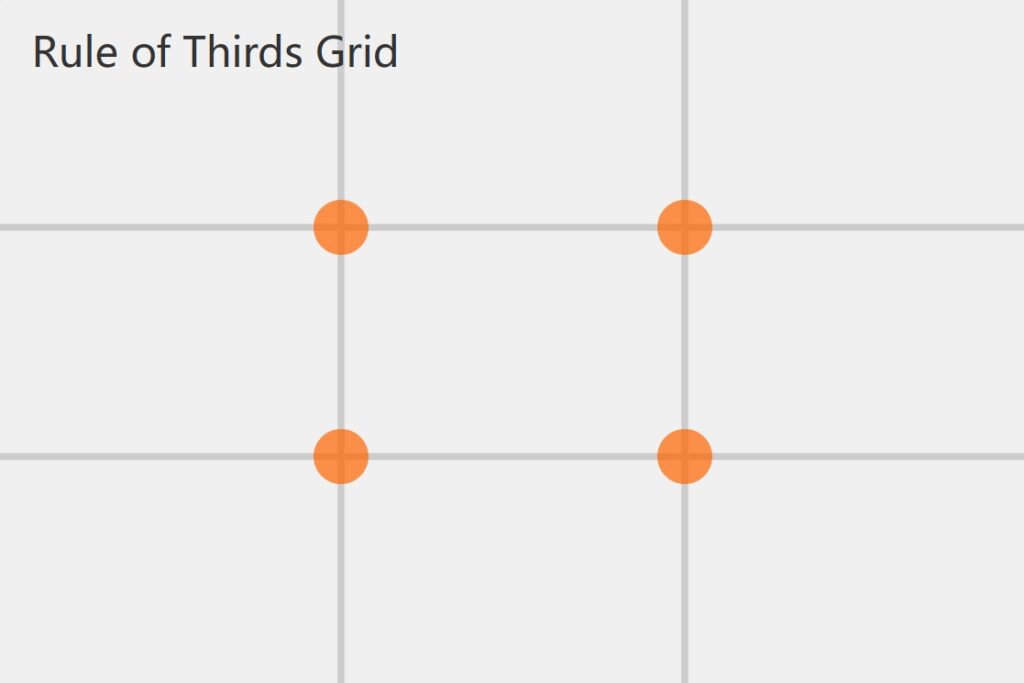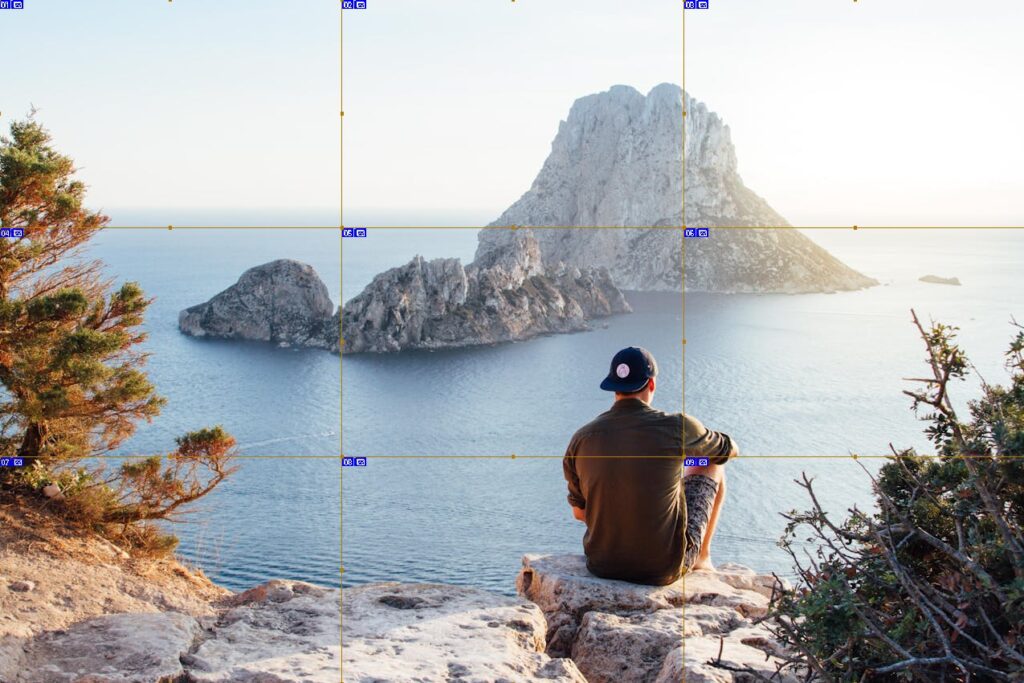

Rule of Thirds
The Most Practical Golden Rule in Photography
What is the Rule of Thirds?
- Imagine your phone screen divided evenly into nine equal parts by two horizontal and two vertical lines.
- Placing important elements in your photo at the intersection points of these lines creates balanced and attractive compositions.
How to Use:
- Turn on the "grid lines" feature in your phone camera
- Place the subject (like people, buildings) at one of the four intersection points
- Align the horizon with the upper or lower horizontal line
Why it works:
- The Rule of Thirds aligns with natural human visual preferences, creating images with more tension and vitality than centered compositions.
Common mistake:
- Always placing the subject in the center of the frame, which often makes photos look static and lack vitality.



